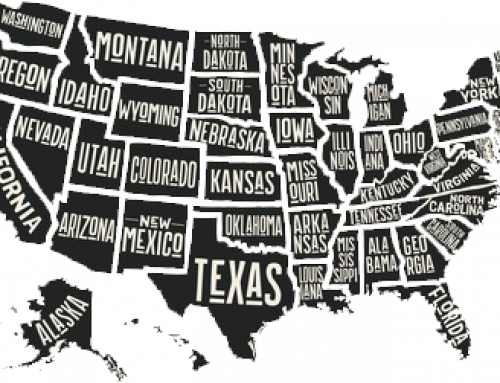
A leader is one who knows the way, goes the way, and shows the way. -John Maxwell
Revisions to Administration F490 SOM / OBRA.
In November 2016 much articulation was given to F490 Administration. The additions explain what it means to meet the need of each resident. It’s not that the concept is new, but Medicare felt we were not living up to that standard as a whole. The law has always given us the benefit of the doubt in that we understood and could be trusted to know what it meant to meet the need and that we would provide it accordingly. Unfortunately, there are many facilities who don’t meet the need, therefore, Medicare decided to elaborate or to literally spell it out in an effort to raise the bar. This is literally the reason for the “mega-rule”. Had the industry as a whole been performing to the expected standard, the mega-rule would not exist today.
F490 Administration states “A facility must be administered in a manner that enables it to use its resources effectively and efficiently to attain or maintain the highest practicable physical, mental, and psycho-social well-being of each resident”. This is basically the same as it has always been but now, Medicare have listed in detail what is expected in order to be deemed “meeting the needs of each resident”.
What are the basic changes to F490 Administration Medicare State Operations Manual (SOM) / OBRA?
The laws and language on compliance, ethics, QAPI, QAA, etc. are not new for us. We’ve been talking and implementing tactics for these concepts for the last few years. But in November 2016, Medicare wrote the language into Administration F490 and all of the detail that implies. It’s no longer talk about what is coming, it’s here. What is new and does hyper connect to all of the other laws and regulations in the SOM is the new requirement of the facility assessment in F490 Administration which is to be implemented in Phase 2 November 28, 2017. F490 Administration Facility Assessment reads as follows:
“The facility must conduct and document a facility-wide assessment to determine what resources are necessary to care for it’s residents competently during both day-to-day operations and emergencies. The facility must review and update that assessment, as necessary, and at least annually. The facility must also review and update this assessment whenever there is, or the facility plans for, any change that would require a substantial modification to any part of this assessment. The facility assessment must address or include:……”
What does a facility assessment have to do with F490 Administration?
The point of the facility wide-assessment is to have elaborate systems in place for having an overwhelming awareness of every aspect of our resident population so that we can make sure that our facility is designed to meet the needs of each resident, that the facility has the exact equipment, that our staff are trained to meet the specific needs of each resident and that we have the necessary resources available. In other words, if we admit a resident with a substance use problem, then we need to be able to meet their behavioral health service needs. If we accept a mentally ill resident, then we need to be able to treat their mental illness. If we accept PTSD F320, then we need to be able to treat that specific need. If we take trauma survivors F 319, we must be able to provide trauma informed care. The same for Alzheimer’s and dementia.
Why did Medicare make such specific revisions to F490 Administration?
Many facilities accept admissions without factoring in the needed behavioral health services that the resident will need and the fact that the facility doesn’t have those services. As a result, there are mentally disorder, psycho-social adjustment difficulty and DD (F285) alcoholics, substance abusers, trauma survivors and PTSD (F319, F320) residents being accepted to SNF’s without SNF’s being able to provide the needed services. Medicare recognized this issue and is addressing it in detail in the revised regulations. The Administrator has always been the leader and the individual in charge, but the updated regulations have tied the Administrator by law to every single event and/or positive/negative outcome in the facility. The new F490 Administration has embedded the Administrator to every law governing a nursing facility.
Revisions to F490 Administration by law makes Administrators responsible.
To summarize, all of the updates make the regulations more specific and detailed as to what must be provided in all areas of care. At the end of the Medicare Operations Manual (SOM), F490 makes the Administrator responsible and in charge of enforcing the laws to meet the needs of each resident. The regulations spell it out leaving no room for misunderstandings. If I wanted to make great change in the SNF/Healthcare industry that wasn’t performing to standard, who would I place the responsibility on in order to make the most change? I would place it on the Administrator because they are the ones who lead their buildings to success or failure. Where there is a great facility, there is a great Administrator. At the end of the day, this industry will change as it has always done, because of great leaders. There is no position with more power to make that change than that of an Administrator. In fact, it is that exact thought that made me want to become an Administrator. This blog is a summary and not word for word. I recommend going to the link below and reading the updates in red on F490 and the other above referenced Ftags.
https://administratorintraining.com/
Click on the link below and go to page 669-674 to read all of the updates in red to F490. There is much more detail than what I mentioned in this blog.




